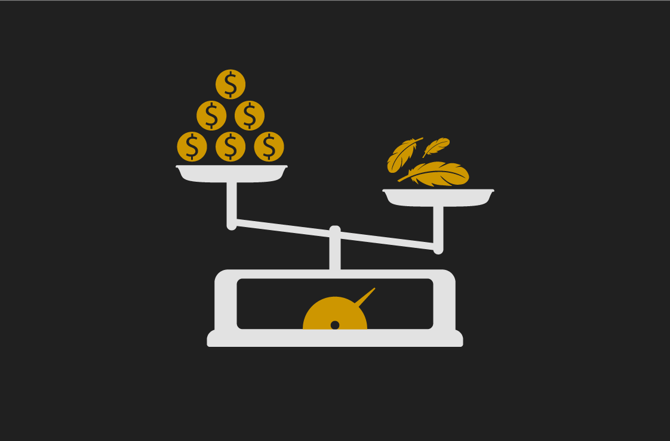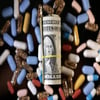UK Inflation at Near 30-Year High

The sterling edged upwards after the UK’s inflation numbers soared to a nearly 30-year high, prompting widespread expectations that the Bank of England (BoE) would further hike interest rates.
The annual rate of consumer price inflation rose to 5.5% in January, representing the highest figure since March 1992. The figure met pessimistic expectations that it would exceed December's 5.4%.
Central banks have come into the spotlight around the world as stubborn inflation refuses to be tamed by tentative monetary policy interventions. Some analysts believe the time is right for central banks to become much more aggressive in their approach.
The BoE so far has raised interest rates twice since December – to 0.5% from 0.1%. Market watchers expect the rate to be raised to 0.75% or even 1% after the BoE's next meeting on March 17.
The sterling went up 0.2% versus the dollar at $1.35720 in Thursday’s trading. The currency was also up 0.2% at 83.71 pence per euro.
What does this mean for me?
Although the sterling’s rise was relatively small, it is still significant for a movement among major currencies like the sterling, dollar and euro.
You may have noticed that the sterling’s rise occurred just after consumer inflation data was released. As your skills as a FOREX trader improve, you will learn how to monitor your economic calendar closely to anticipate currency movements based on the contents of the news. In this instance, it was high inflation, rather than being a downer, that raised the level of the sterling as investors expect compensatory action from the BoE.
More News
.webp)
Japan’s Rate Shift Is Rippling Through Global Bond Markets

China’s Growth Engine Stalls as Consumers and Investors Pull Back

Egypt’s Recovery Gains Traction as Household Pressure Lingers

OECD Warns AI and Tariffs Will Test the Global Economy

Zero Tariffs, Higher Drug Bills as US and UK Reset Pharma Trade

Catastrophe Bonds Go Global as Climate Risk Meets Yield Hunting
.webp)
Canada Shields Steel and Lumber Industries From Tariffs
